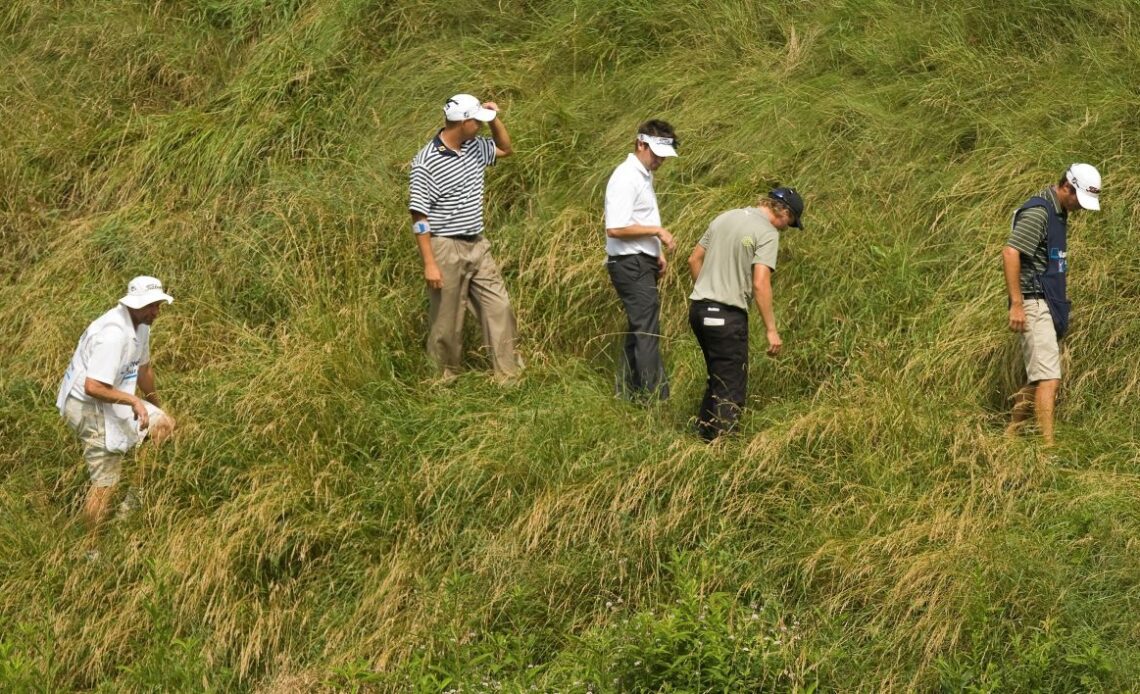What Is It?
At any time during the round, a player may take stroke and distance relief by adding one penalty stroke and playing from where the previous stroke was made. This can be taken no matter where the ball is on the course and even when a rule requires the player to take relief in a certain way (e.g. when in a penalty area).
Once the player puts another ball in play, the original ball must not be played. Unfortunately this is true even if the original ball is then found. This would not apply if the player declared a provisional ball. When a ball is lost, or out of bounds, stroke and distance relief must be taken
Lost Ball
A ball is deemed lost if it is not found within three minutes of a player, or their caddie, beginning the search for it. If a ball is found in that time but it is uncertain whether it is the player’s ball then they must promptly attempt to identify the ball. They are allowed a reasonable time to do so, even if that happens after the three-minute search time has ended. If the player is unable to identify their ball in a reasonable time, it is deemed lost.
Out Of Bounds
A ball at rest is out of bounds only when all of it is outside the boundary edge of the course. A ball is in bounds when any part of the ball lies on, or touches, the inside of the boundary. A player may stand out of bounds to play a ball.
(Image credit: R&A)
What To Do If A Ball Is Lost Or Out Of Bounds
If, by the above definitions, a ball is lost or out of bounds, stroke-and-distance relief must be taken. The player must play from where the previous stroke was made and add one penalty stroke. If a player plays from the wrong place, they receive a general penalty under rule 14.7a – Two stroke penalty in stroke play or loss of hole in match play.
Provisional Ball
If a ball might be lost outside a penalty area or be out of bounds, to save time the player may play a provisional ball. Check out our tell all piece on when, and how, to play a provisional ball.
..
Click Here to Read the Full Original Article at Golf Monthly RSS Feed…
